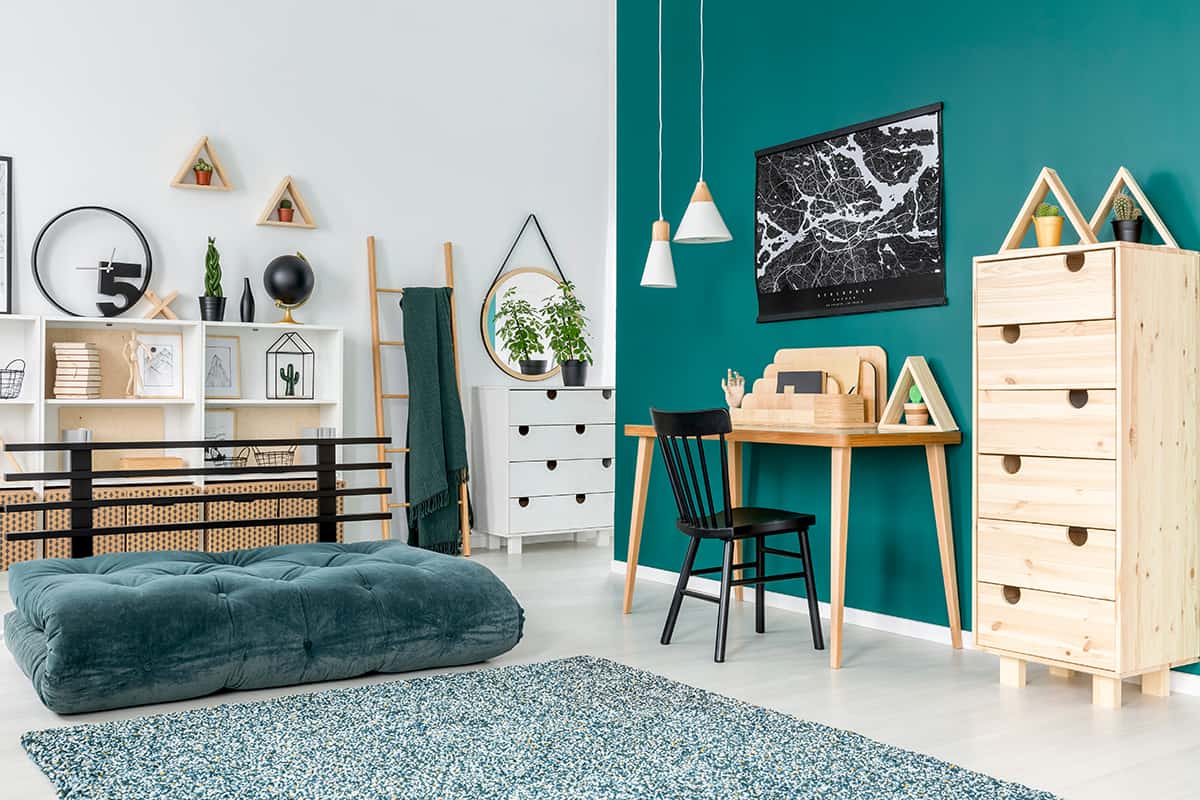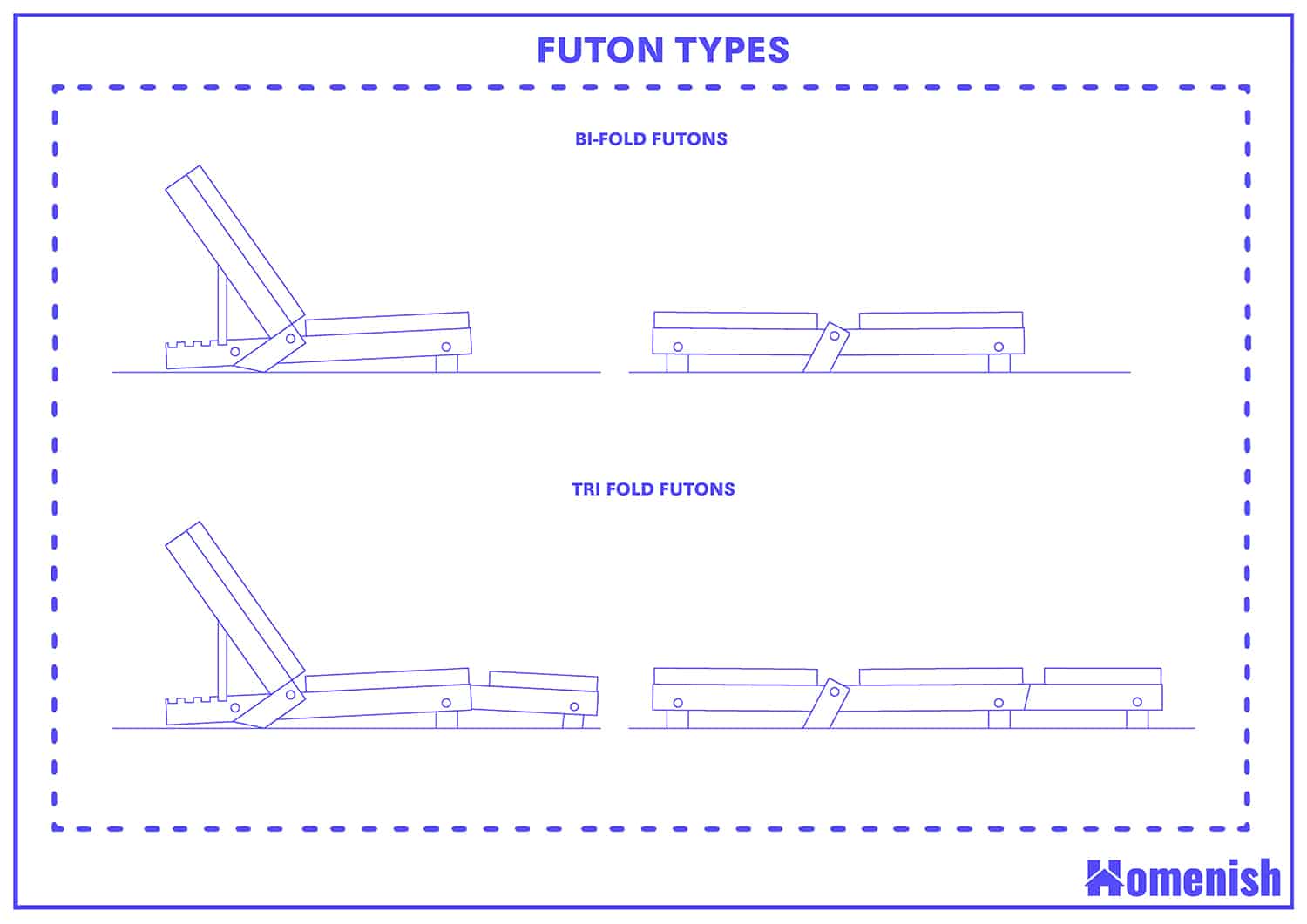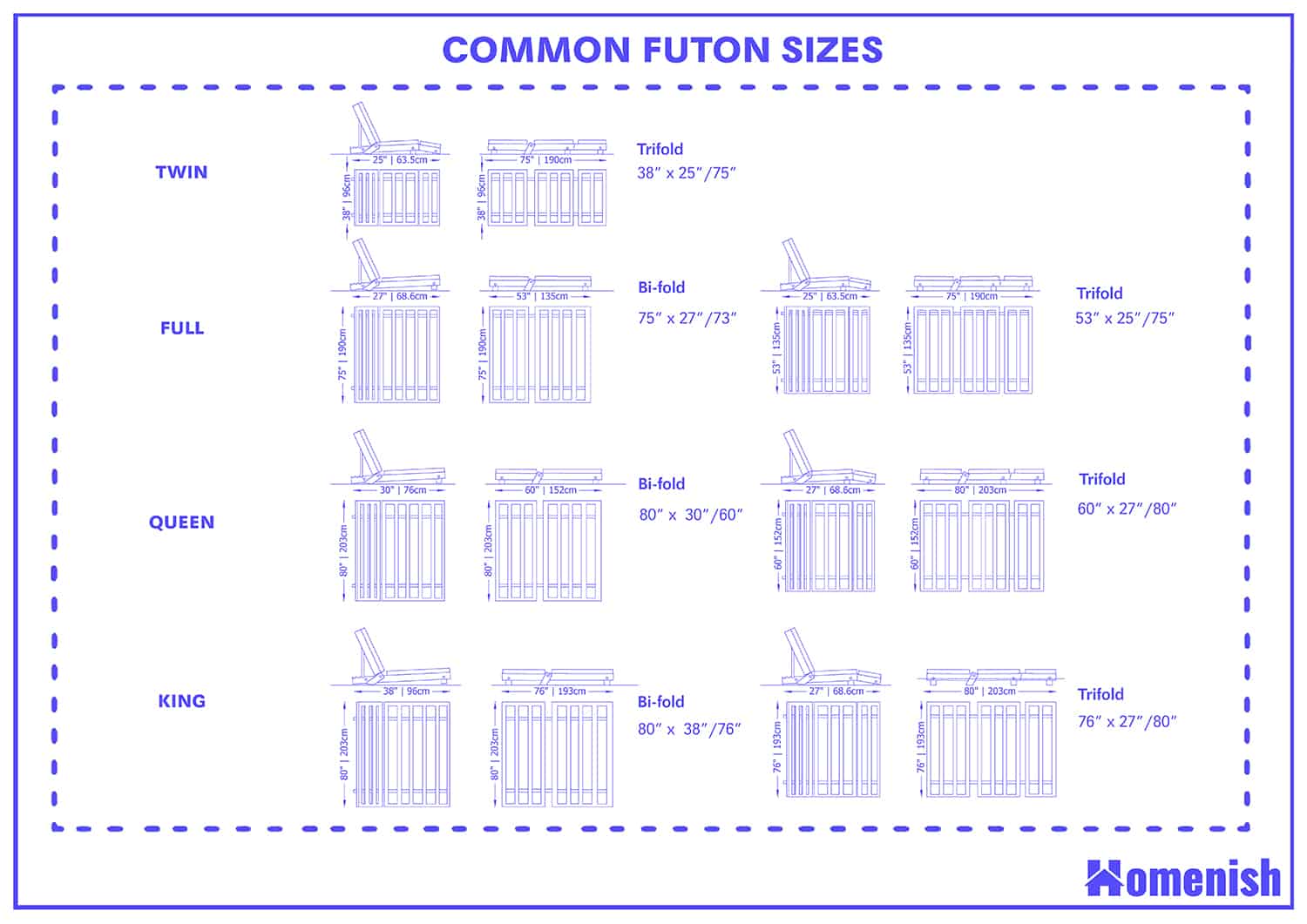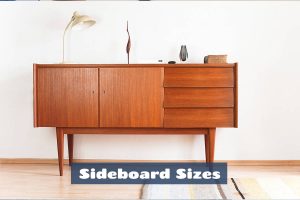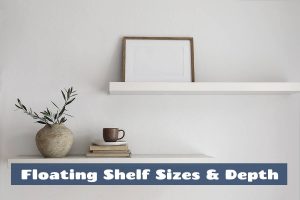Futons are a popular piece of furniture, especially in apartments or smaller homes which lack space. This is because a futon serves double duty as a place to sit and also a place to sleep.
During the day, the futon can be folded up and used as a sofa or a chair, and at night time, it can be folded out flat and used as a bed.
You could use a futon as your permanent sleeping solution if, for example, you live in a studio apartment and really want to maximize space during the day by not having a conventional bed.
The only issue with this is that you will have to fold your futon out each evening and fold it back up again every morning, which may get tiresome, though some may consider it a small price to pay for the additional space created.
For most people, a futon is used as a daily seating area and used only as a bed when guests stay over. Whatever your need is for a futon, you will need to think about the size you want. Here we will look at standard futon sizes and how many people they can accommodate.
The futon sizes are available in the standard mattress sizes, which can be twin-size futon (38 inches by 75 inches), full-size futon (53 inches by 75 inches), queen-size futon (60 inches by 80 inches), and king-size futon (76 inches by 80 inches). The sizes also depend on the type of position it is set up, which is either bi-fold or tri-fold.
Things to Consider For Futon Sizes
When thinking about futon size, there are two main things to consider; how much space you have in your home for a futon and how many people you want the futon to sleep with.
If you are buying a futon as a sleeping solution for your teenager to have a friend sleepover, then a single futon may be all that is required.
However, if you have parents who live across the country who come to visit and stay over, then you will need a larger futon to accommodate them.
In terms of the space you have in your home, remember that you will need to factor in the size of the futon when it is laid out flat, rather than just when it is folded into a sofa shape.
Generally, futons are available in all of the standard mattress sizes, which include single, twin, double, full, queen, and king. Some futons also come in a loveseat size option.
When choosing a futon, you will also need to make the decision between a bi-fold or a tri-fold futon, and the choice you make will affect the size of the futon when folded into a sofa-size position.
Futon Types (by Positions)
Bi-fold Futons
As you might expect, a bi-fold futon only folds at one point. This type of futon will have an L-shaped mattress when the futon is being used as a sofa, with half of the mattress operating as the seat cushion and half of it operating as the back cushion.
Bi-fold futons tend to take up more space when used as a sofa because the way the mattress folds means they are wider than they are long, whereas trifold futons are the opposite. When sleeping on a bi-fold futon, your head would be next to one of the armrests, and your feet would be pointing at the other armrest.
This means the width of the futon, when folded as a sofa is the part that is considered the length when it is used as a bed. If you have plenty of wall space but limited space for the futon to open out into the room, then a bi-fold will be your best option.
It is also the better option if you want to provide the most seating space.; however, if you have minimal wall space but plenty of open space in the room to open the futon out into, then the tri-fold futon would be a better option.
Tri-fold Futons
Tri-fold futons fold at three points. The fold looks something similar to an S-shape, with the lower part of the mattress tucked underneath the seat and facing towards the wall.
In this type of futon, the seating part of the futon will be doubled over when it is folded into a sofa shape. Some people prefer this as it offers more padding and makes for a comfy spot to sit, while other people find it too bulky to be comfortable.
When the tri-fold futon is folded out into a bed, the sleepers will have their heads pointing towards the wall and their feet pointing away from the wall, with the length of their bodies running parallel to the armrests.
This means that when measuring a tri-fold futon, the width of the futon in sofa shape is also the width of the futon when used as a bed. It will take up less space on a wall compared with a bi-fold futon, but it will take up more space in the room when folded out as a bed.
Futon Sizes
Twin
A twin-size futon will be the same size as a twin-size mattress when folded out, which is 38 inches by 75 inches. This size of this futon type is usually only available in a tri-fold option, and it will seat and sleep one person. When folded, the chair will be approximately 38 inches wide and 25 inches deep.
Full
A full-size futon, when laid out as a bed, is 53 inches by 75 inches. When it is folded in a bi-fold style, the sofa futon will measure 75 inches wide by approximately 27 inches deep. In the tri-fold folded style, it will be 53 inches wide and 25 inches deep.
Queen
A queen-size futon, when laid out as a bed, will be 60 inches by 80 inches. In a bi-fold style, when fully folded, the sofa futon will measure 80 inches wide and 30 inches deep. In tri-fold, it will be 60 inches wide and approximately 27 inches deep.
King
A king-size futon is less common than other sizes, but they are available. When used as a king-size bed, the futon will be 76 inches by 80 inches. As a bi-fold sofa, this will be 80 inches wide and around 38 inches deep. As a tri-fold sofa, it will measure 76 inches wide and 27 inches deep.
